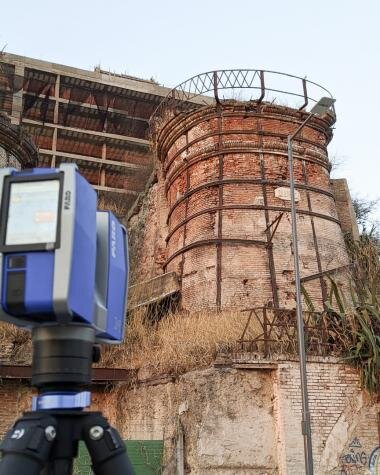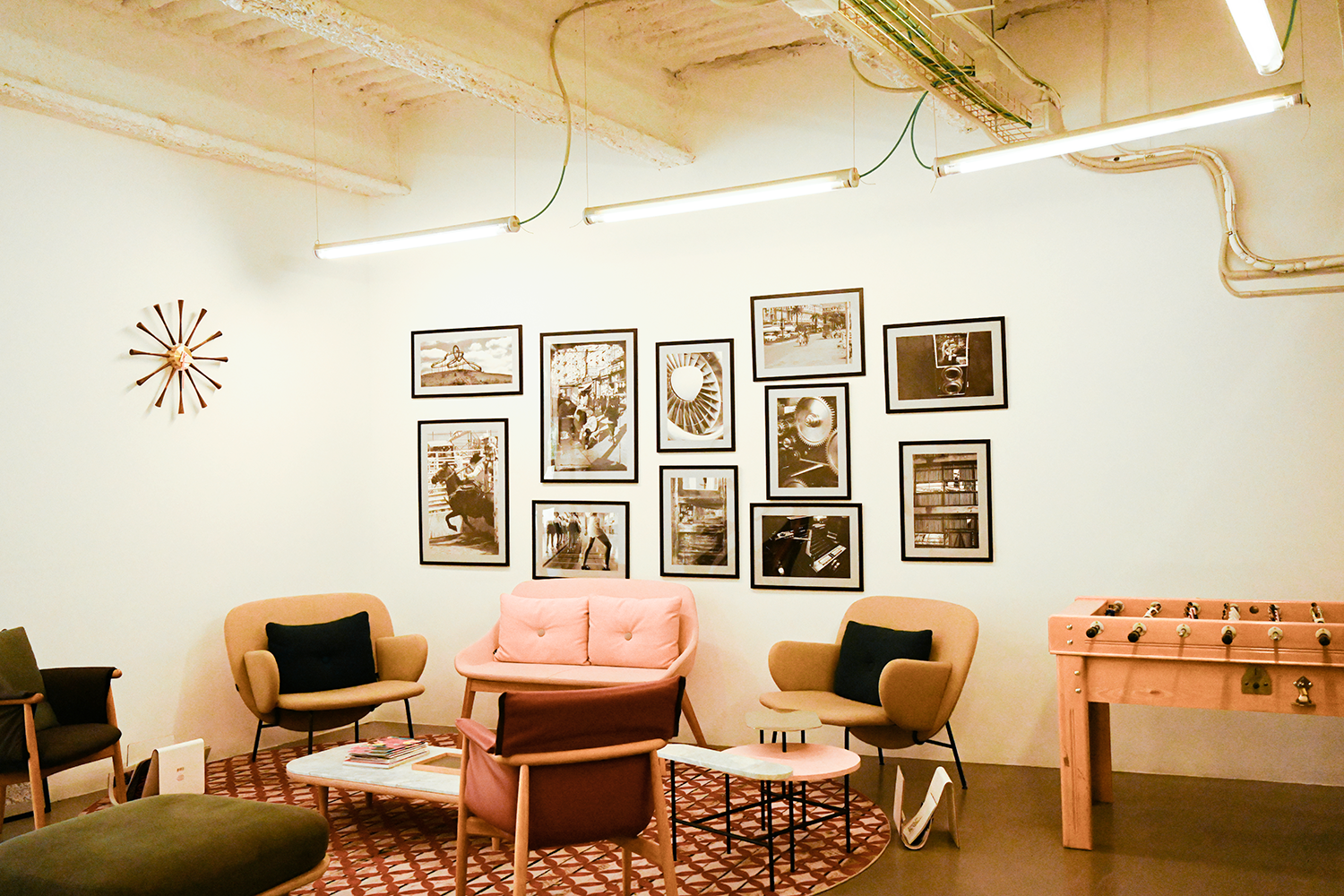The knowledge base Contest

Why? It’s a fundamental question we all learn at a young age. The drive to understand why we do what we do is as human as eating or breathing. Why do we work? Putting deep philosophy aside, most of us work to pay our bills. At work, there are different levels of participation. We all have additional drivers, various day-to-day responsibilities, and differing needs for our software, tools, and interaction levels with other employees.
Where? Is also a question that yearns deep within most of us here at Voyansi. My colleagues and I come from varied backgrounds: architecture, engineering, software development, accounting. It seems we have a few things in common: a love of built space, a desire to try new things, and a love of travel.
How? We wanted to tie the “Why” a lot more to “Where” this year for our team, but unfortunately, the COVID pandemic has led us to postpone all team retreats and other in-person activities we had planned for this year. As many of us receive the vaccine and travel resumes. Warning, this post is a hard spoiler for our upcoming Voyansi BIM 🌎 Tour.
Our Objective: A new Knowledge Base
Last year, we performed a complete overhaul of our internal tools and systems. One of our initiatives saw us move from Microsoft Office to G-Suite for day-to-day document and file management. While our training materials were well organized, this was an opportunity to look at everything and modernize where possible when putting all the pieces back.
Before starting, it’s always important to understand project goals. When meeting with my other leadership colleagues, we determined that our existing content strategy meant that training materials were not tagged well. If you knew our file hierarchy well, you could easily find what you wanted. However, users new to this structure had a steep learning curve. We also determined that we would like to see what articles or materials were helpful, or those users spent the most time reading.
We all know that the plan, design, build cycle has drastically evolved over the last five years. Before starting, we knew that many of our training materials would need a deep dive. Were they still relevant today? How were they classified? Did they need a refresh or review? The best team to dive into this task was the one that would benefit the most.
We laid this materials review out similar to any other project. We allocated a budget (in this case up to an hour of overhead per employee), set a project manager and deadlines. We created clear instructions and requested everyone to contribute to mapping the location of the training materials they referenced the most. That sounds easy enough, but the challenge is we all have day-to-day work. A massive dump of “useful stuff” just results in a bucket of unsorted information that isn’t actually useful.
We needed to ask for a bit more commitment in this case. A quick description, a little information on the original author, what drive it was in/if it should be moved, area of interest, etc. Even with approved overhead hours to charge to this task, it was an annoying and manual task. The training material is there, and I know where it is, so why should I bother after all?
Gamification
Adding a bit of incentive into the mix was the answer this time. Our aim with internal contests is to make the rules transparent, with mathematical rules for winning. When our leadership team tossed this idea around, we were initially in agreement that a simple points-based system would work, maybe with a couple of smaller prizes. As we talked it out, however, we determined our aims were twofold:
- Farm as much into our content map as possible.
- Move as much high-quality content into our Knowledge Base as possible
In order to address need number one, we used a points-based system to award one of our two top prizes. The person who contributed the most would be the clear winner. Point number two was a bit harder to address, so we took a bit of risk and used the subjective criteria of “most useful” submission.
The results were better than we could have imagined. Unsurprisingly, early on, we had a clear points winner in the competition. Analia Oro was determined to get some time to see friends and family in Bariloche. Our competition ran for 10 business days (Mon-Fri) and there were a couple of surges of challengers submitting materials which forced her to go back to the bench and dig more out, but in the end, the crowd favorite was victorious.
Towards the end of the competition, I was worried that my experiment in subjective criteria would be more difficult, but my patience paid off. One of my BIM Development colleagues (Fabrication Specialist), Saga had been silently preparing in the background. At the 11th hour, he peppered me with “innocuous” questions about how to submit, what other information was valuable, and what the exact criteria for prizes were.
Sometimes being subjective is great. The spreadsheet he submitted at the deadline was incredibly detailed, and the care he took in preparing for my team’s review was above and beyond.
Key Results
Approximately ¼ of our BIM experts participated in submitting training materials, so we had an overhead spend of approximately 5 man-days. We sifted through several thousand pieces of training content, mapped several hundred, and walked away with approximately 150 referenceable documents that made it into our new system. All employees are able to access this comment with their company email.
Documents that made the cut were uploaded to HubSpot, our CRM, CMS, and Marketing software. We use the Knowledge Base portion of their platform to manage our training materials. Many of the materials our team uses are proprietary and can’t be shared, so are password protected. You can see a light version of what our team sees with limited topics here.



